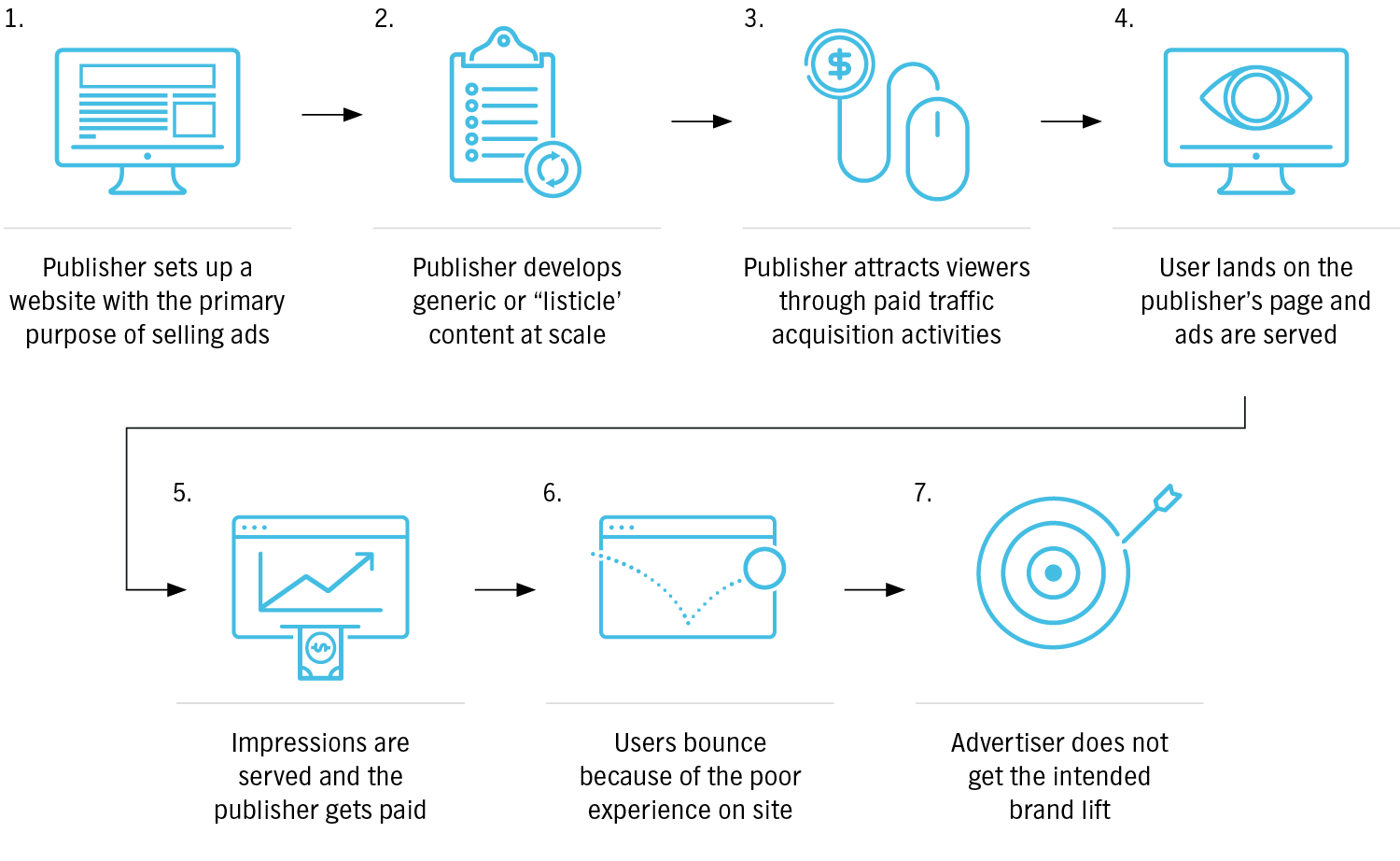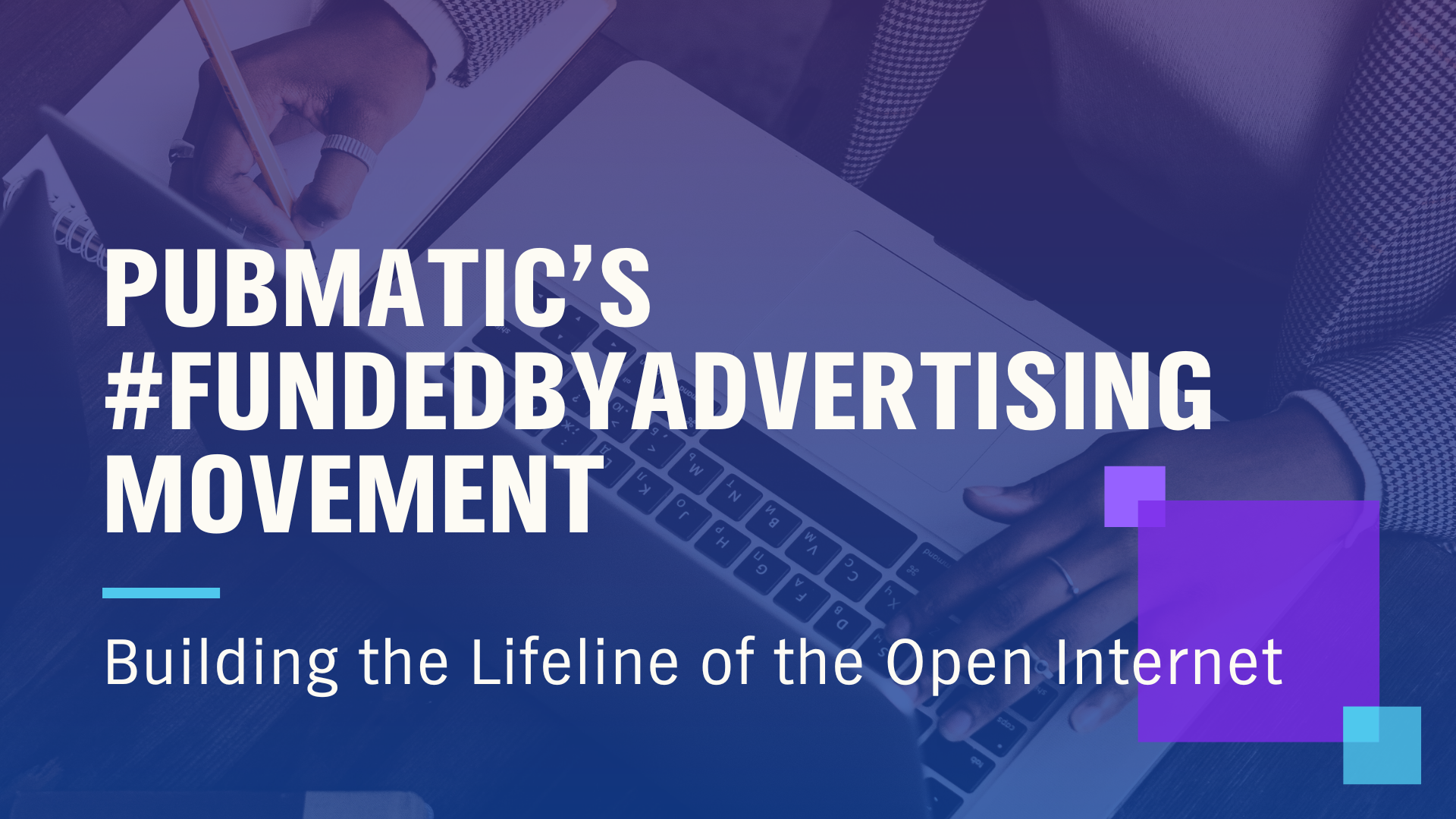As advertising industry professionals well-versed in the nuances of marketing on the internet, I doubt many of us think of ourselves as “low-value human traffic. ” But I guarantee we have all taken actions that make us essentially useless to digital advertisers at one point or another. Let me explain why this is the case and what buyers and sellers of digital media need to understand to protect brand spend going forward.
Brand Spend Moving to Programmatic
We are all aware of the rise of programmatic, which the latest eMarketer US Programmatic Ad Spending Forecast estimates will reach nearly $69 billion in the US by 2020, accounting for over 85 percent of all digital display ad spend. Much of this growth will come from brands shifting spend from traditional channels towards programmatic in order to facilitate a more customer-centric approach to marketing.
The changing profile of the programmatic buyer requires a complementary revisiting of acceptable marketplace standards. The psychographics of a brand advertiser do not mirror those of their direct response colleagues. Their campaign metrics differ, and are more subjective and less easily measured. When a human click is not the goal, the quality of the advertising environment becomes much more important.
In a recent white paper, Understanding Inventory Quality: Thinking Beyond Bots, PubMatic’s Director of Inventory Quality, Eric Bozinny, outlines the evolving definition of quality and the new “flavors” it comes in. Many of them are frequently discussed (though often misunderstood and easy to fall victim to), including non-human traffic and domain spoofing. Yet he also explains a category that is not well known across our industry, and that is the concept of ‘Low-value human traffic.’
What Is Low-Value Human Traffic?
Have you ever clicked on an enticing sponsored content link, only to be directed to a page cluttered with ads and the desired content was nowhere to be found (or too hard to find to be worthwhile)? I’d bet you closed that tab as quickly as you could. In this scenario, YOU were low-value.
In essence, low-value human traffic refers to situations where ad impressions are viewed by human users (i.e. not bots), but on sites that they have not fully self-selected to visit. These domains often only exist as a backdrop for selling advertisements and when users arrive they immediately bounce and never return.
How Low-Value Human Traffic Works:
Brands waste a ton of money marketing to users on these sites. Particularly in a world where cookie-based audience targeting is in vogue, it is likely for advertisers to spend significant portions of their ad budgets on these properties where they can likely reach their target audience for a lower cost than on premium URLs. However, they not only fail to achieve their intended brand lift from the impression but could have even worse outcomes as a result of the negative contextual adjacency and poor user experience on the site. All of this points to the human impression being of low-value to the advertisers.
How to Protect Yourself from Low-Value Human Traffic
Luckily, the industry-wide focus on supply chain efficiency combined with recent privacy regulations, including the EU’s GDPR, have placed more focus on the importance of context when it comes to digital advertising. Further, there are concrete steps that media buyers and publishers can each take to help identify and eradicate this type of quality breach.
Tips for Buyers:
- Know where your ads are running. By wisely choosing which domains to work with and working with only allowlisted domains, many quality issues will be avoided entirely.
- Recognize the importance of content and context. It is important to evaluate domains and apps not only on the level of IVT but also on the value of the audience and the originality of the content. For instance, an organic, loyal audience is preferred to consumers acquired from other sources. You should also avoid content farms and look-a-like sites that exist only as a necessary backdrop to sell ad impressions.
Tips for Publishers:
- Focus on building a loyal audience. Brand marketers will be more diligent about context than their direct response colleagues. Acquiring traffic can open you up to increased risk. Developing content that attracts a loyal, organic audience, can increase your brand advertising potential.
- Build out IQ policies and processes. Establish standardized procedures to keep tabs on the quality of your inventory. This will allow you to identify issues earlier, and will build trust with buyers who, even if they have issues with your traffic, will respect that you have documented processes.
Want to know more about evolving concept of inventory quality and more actions you can take to protect yourself? Download the full white paper today or contact us for how we can partner with you.






